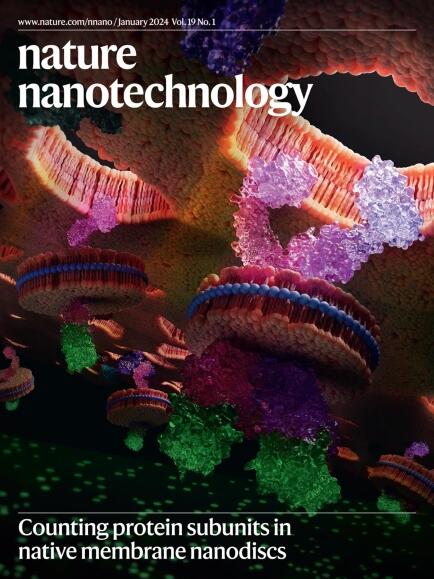Spatiotemporal-adaptive nanotherapeutics promote post-injury regeneration in ageing through metabolic modulation.
IF 34.9
1区 材料科学
Q1 MATERIALS SCIENCE, MULTIDISCIPLINARY
引用次数: 0
Abstract
In the elderly population, dysregulated cellular behaviour during the healing process impacts tissue regeneration after injury. Early in the regeneration process, pro-inflammatory macrophages contribute to immune imbalance, while in later stages, senescent stem cells reduce regenerative capacity. Here we demonstrate that nicotinamide adenine dinucleotide (NAD+) can reprogramme both types of dysfunctional cell. We developed a spatiotemporal-adaptive nanotherapeutic system for the delivery of NAD+ into selected cells during different phases of tissue repair. By replenishing intracellular NAD+ pools, this system reshapes the multicellular regeneration niche, by metabolically rewiring pro-inflammatory macrophages towards a pro-repair phenotype during the early phase, and enhancing the differentiation capacity of senescent stem cells at later stages. This strategy effectively restored impaired bone regeneration in osteoporotic mice and accelerated skin wound healing. Our work presents a spatiotemporal-adaptive nanomedicine platform that bridges cell metabolism, nanomedicine and regeneration therapy.时空适应性纳米疗法通过代谢调节促进衰老损伤后再生。
在老年人群中,愈合过程中细胞行为失调会影响损伤后的组织再生。在再生过程的早期,促炎巨噬细胞导致免疫失衡,而在后期,衰老干细胞降低再生能力。在这里,我们证明了烟酰胺腺嘌呤二核苷酸(NAD+)可以重新编程这两种类型的功能失调细胞。我们开发了一种时空适应性纳米治疗系统,用于在组织修复的不同阶段将NAD+输送到选定的细胞中。通过补充细胞内NAD+池,该系统重塑了多细胞再生生态位,在早期阶段通过代谢将促炎巨噬细胞重新连接到促修复表型,并在后期增强衰老干细胞的分化能力。该策略有效地恢复了骨质疏松小鼠受损的骨再生,并加速了皮肤伤口愈合。我们的工作提出了一个时空自适应的纳米医学平台,桥梁细胞代谢,纳米医学和再生治疗。
本文章由计算机程序翻译,如有差异,请以英文原文为准。
求助全文
约1分钟内获得全文
求助全文
来源期刊

Nature nanotechnology
工程技术-材料科学:综合
CiteScore
59.70
自引率
0.80%
发文量
196
审稿时长
4-8 weeks
期刊介绍:
Nature Nanotechnology is a prestigious journal that publishes high-quality papers in various areas of nanoscience and nanotechnology. The journal focuses on the design, characterization, and production of structures, devices, and systems that manipulate and control materials at atomic, molecular, and macromolecular scales. It encompasses both bottom-up and top-down approaches, as well as their combinations.
Furthermore, Nature Nanotechnology fosters the exchange of ideas among researchers from diverse disciplines such as chemistry, physics, material science, biomedical research, engineering, and more. It promotes collaboration at the forefront of this multidisciplinary field. The journal covers a wide range of topics, from fundamental research in physics, chemistry, and biology, including computational work and simulations, to the development of innovative devices and technologies for various industrial sectors such as information technology, medicine, manufacturing, high-performance materials, energy, and environmental technologies. It includes coverage of organic, inorganic, and hybrid materials.
 求助内容:
求助内容: 应助结果提醒方式:
应助结果提醒方式:


